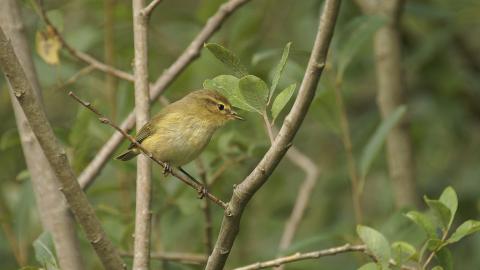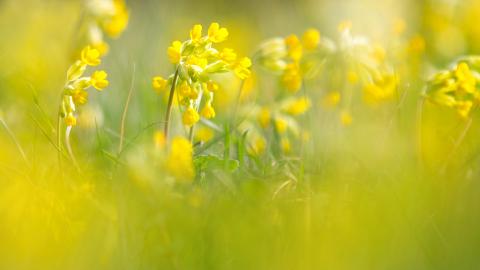Salthill Quarry by Alan Wright

David Longshaw

Jon Hawkins - Surrey Hills Photography
Salthill Quarry Local Nature Reserve
Know before you go
Dogs
When to visit
Opening times
Open at all times.Best time to visit
Spring to SummerAbout the reserve
Can you believe that Salthill Quarry once lay at the bottom of the ocean? Now, this lofty nature reserve is a haven for some of Lancashire’s most spectacular flora and fauna, as well as the fossilised remains of Crinoids (sea lillies); the only clue to the reserves undersea history. Take a break on Fiona Bowley and Jon Fenton’s ‘Crinoid Seat’, whose carved panels depict the polo mint-like crinoids as they would have lived beneath the waves.
Salthill Quarry is a wildflower Eden. Sunny fields of cowslips open up during spring, and summer sees bird's-foot trefoil, wild strawberry, common knapweed, lady's bedstraw, scabious and agrimony dust the landscape with kaleidoscopic colour. June brings blooming bee and fragrant orchids between posts 6, 7, and 8, while July is the best time to see the purple flowers of betony, delicate meadow sweet, and buttery rough hawkbit in the meadow. August brings the stunning blue cones of autumn gentian (or felwort) and spiky carline thistle.
Don’t miss a ramble through the woodland, where ash and hawthorn trees dominate the canopy and dog rose, field rose and sweet briar grow along the woodland edge.
Salthill Quarry’s wildflowers attract a fantastic range of insects, which in turn encourage birds to flourish. Seek out the azure common blue butterfly on hot summer days, try your best to keep up with the frantically fluttering orange tip butterfly and admire the distinctive six-spot burnet moth. Common green and field grasshoppers also shelter among the grasses, while in the trees, singing blue tits, great tits, goldfinches and bullfinches provide the perfect soundtrack. Then there are the summer migrants: blackcap, willow warbler, garden warbler and chiffchaff.
The best way to experience the best of Salthill Quarry is to explore the Geology Trail, a circular walk that takes in ten of the best spots on the reserve. At each spot, use your iPad or smartphone to scan the QR code on the numbered post and unlock fascinating insights into the area. Or, why not click here to view the information and print it off for your stroll?
